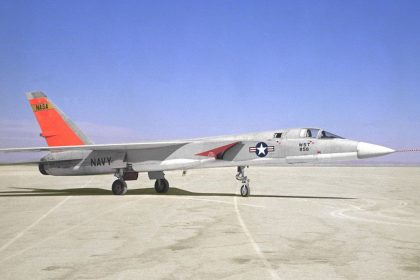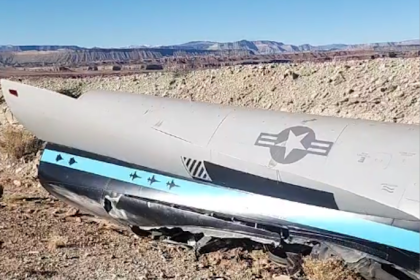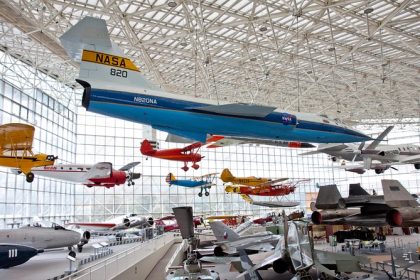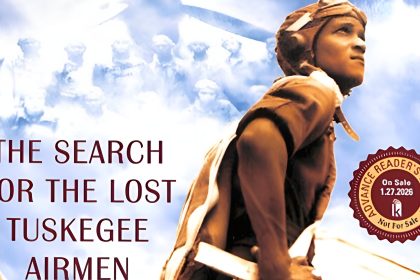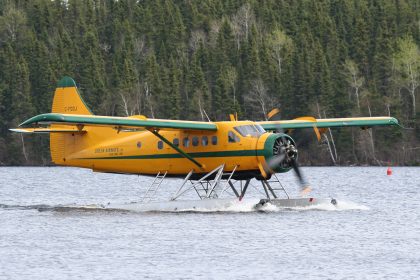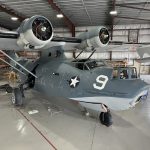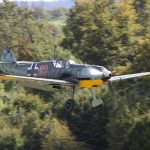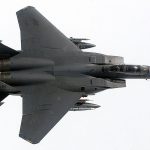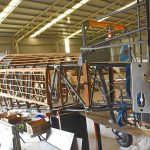By Doug Rozendaal
I just returned from a 3-week adventure where I attended CAF Centex B-25/C-47 Ground School, the National Warbird Operator Conference, Stallion 51 Recurrent Ground and Flight Training, and B-29 Ground School with Doc.
I have been flying warbirds for almost 40 years, and I can say that our industry’s approach to training has improved significantly. I have attended numerous commercial type-specific training courses, put on by brand-name companies that anyone in aviation would recognize, and the quality of training that is available in our business today is as good as or better than many of those.
In these recent courses, we spent almost zero time memorizing the minutiae that the commercial courses use as filler to stretch the class to justify their exorbitant prices. All of the warbird courses were focused heavily on CRM (crew resource management) and scenarios that forced thinking and systems knowledge instead of rote responses to CAS messages. In one class, we did evacuation drills from the actual airplane. In another, we had a simulator that was wired to the classroom and the class got to watch a very high-time experienced warbird pilot (that I see every morning in the mirror) feather the wrong engine. A long and worthwhile discussion followed. In the Mustang, I was able to explore the nether regions of the envelope where I hope to never tread, but gained a clearer understanding of how close I fly to it, and that I can fix it if I find myself there.
In short, it made me extremely proud of our industry and how far we have come since my early days when ground school for many groups was either non-existent or a one-hour coffee session to check the box. The problem is that all of us know warbird operators who do not avail themselves of the training opportunities that exist today. Some go through the motions, sit in class and smile, but fail to grasp the concepts, and fail to acknowledge the risks in our business. Make no mistake, flying warbirds is a high-risk business. Between John Lohmar [who took over the NWOC Safety Briefing from Doug –ed.] and me, we have thirty years of warbird accident data, and data shows that every year an average of ten of our friends perish in a warbird accident.
Ten dead friends are not acceptable. The military would not tolerate this accident rate and neither should we. But it will not change unless we change. This begs the question: what needs to change?
The answer is an easy one: recurrent training. When the FAA mandated annual recurrent training for the Mitsubishi MU-2, the accident rate dropped precipitously. Today, the MU-2 enjoys a safety record equivalent to a King Air 90. The same happened with Robinson helicopters. When the FAA mandated training, the accident rate improved considerably.
Nobody wants the FAA to mandate anything, and they don’t have to. Early on, the Cirrus SR22 also had an unacceptable accident rate, but rather than following an FAA mandate, the Cirrus Owners and Pilots Association (COPA) took it upon themselves to address the problem, create good training programs, and encourage operators to participate. They did it by changing the culture of the Cirrus ownership experience, and it worked. Again, the change was significant.
Like COPA, the Commemorative Air Force (CAF) set out to change their operating culture nearly 20 years ago and it has made a difference. Annual recurrent systems training, CRM training, and flight training were required, and that created safety awareness.
As mentioned previously, unlike when I started flying warbirds forty years ago, good quality warbird training is now readily available. There are several commercial operators specializing in various types, and many museums, like the CAF, that have annual training events for several specific types, general warbird safety, and CRM programs. Most Units will accept guests at their ground school sessions. If not, it’s easy to join the CAF or another museum and participate in their safety training.
One area that I find particularly concerning is poor systems knowledge. When I learned to fly– and even more so when our warbirds were built –pilots learned ‘how the airplane worked.’ Today, in all aspects of aviation, we are teaching students “how to work the airplane.” Flying a warbird is fundamentally different than a modern jet and while learning ‘how to work the airplane’ might be adequate in a modern automated aircraft with a comprehensive Quick Reference Handbook, it is not acceptable in a warbird. The emergency checklists in our airplanes are very short and critical decisions are left to the discretion of the pilot. Having strong systems knowledge helps make smart decisions. That is an imperative.
Knowledge, skill, and discipline are the three-legged stools of aviation safety. Knowledge and skill come from training, and discipline is required to do work and be on a continuous quest for self-improvement.
Safety training is like a marketing campaign; it needs to maintain “Top of Mind Awareness.” This doesn’t happen automatically. It requires effort and commitment. Like marketing, the campaign doesn’t stop when sales are good, it continues. It is hard work, it requires an investment of time and money, but the payoff is huge.
From the Part 121 operators with a nearly perfect record to the GA examples who embraced training and got better, there can be no argument that recurrent training improves safety and that the warbird industry’s safety record needs improvement. This doesn’t happen easily. Step 1 is to set a good example. If that pesky pilot we see in the mirror does the right thing, our peers will follow. And if they don’t, we need to encourage them and offer them avenues to seek out and participate in regular recurrent training.
If you are a warbird operator, or any type of pilot for that matter, as the ice melts and the grass turns green, look in your mirror and commit to getting some quality recurrent training before the flying season starts.
It is trite– but true –that the life you save may be your own.
About Doug Rozendaal
Doug Rozendaal’s aviation career started as a DC-3 freight dog. He became a Warbird Airshow performer, Instructor, and Examiner. Doug is an experienced warbird pilot, aerobatic pilot, and designated pilot examiner. For more information about Doug, click HERE.







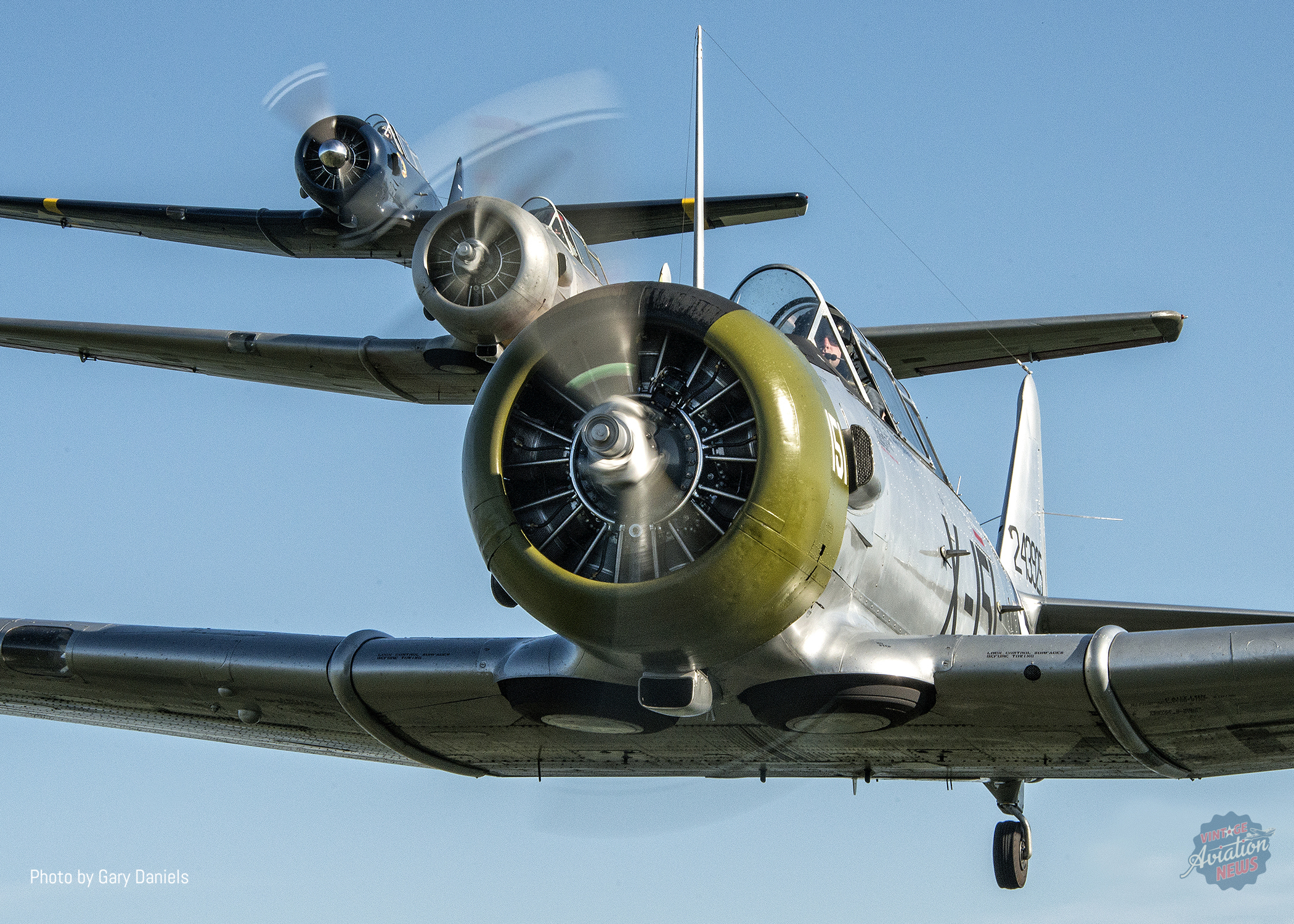

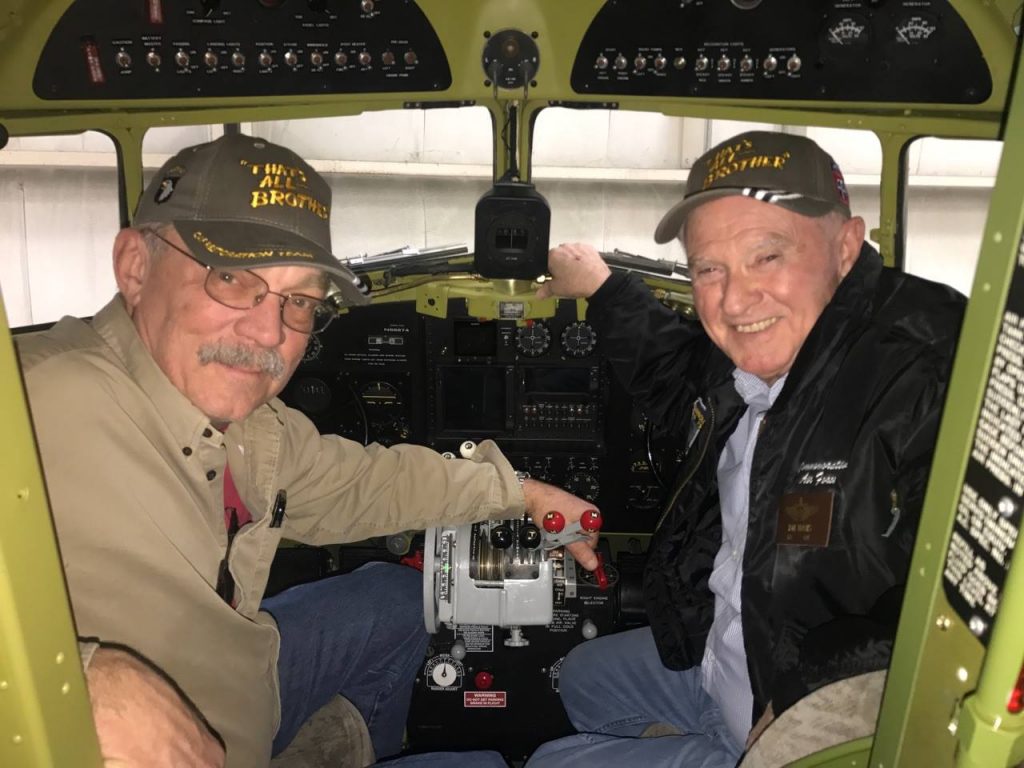
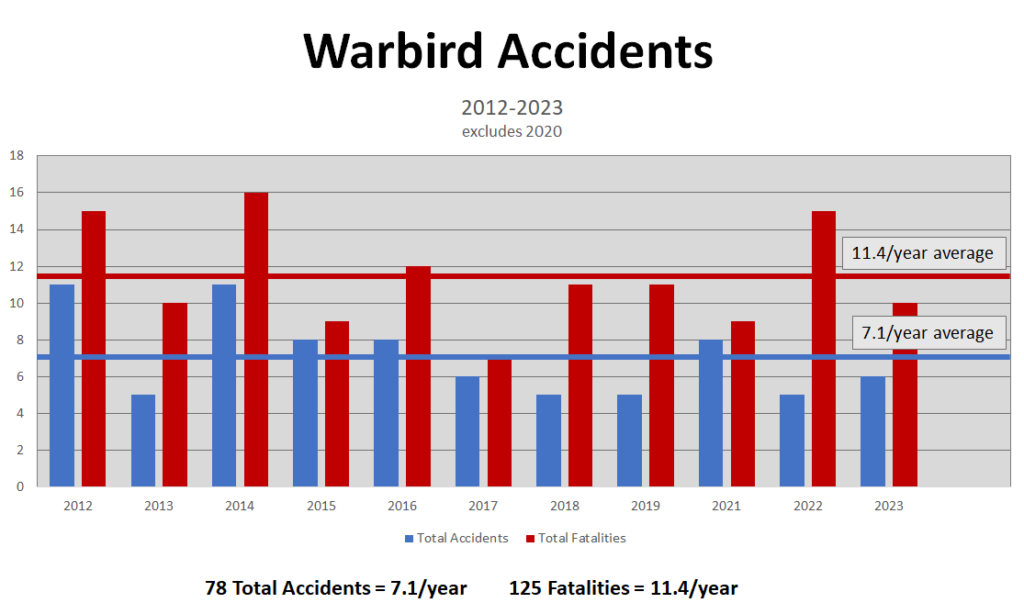
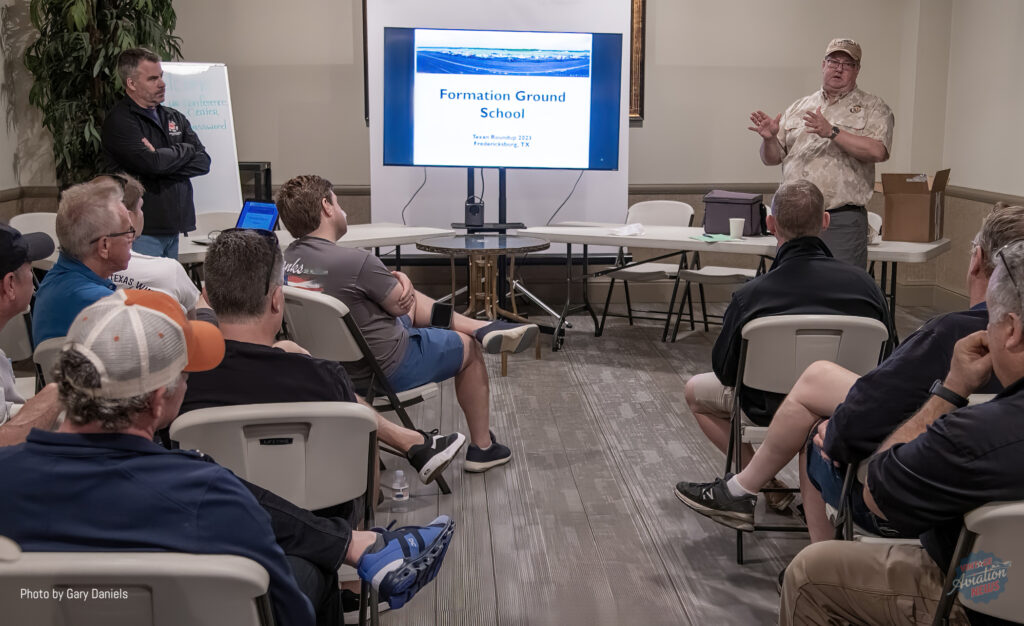
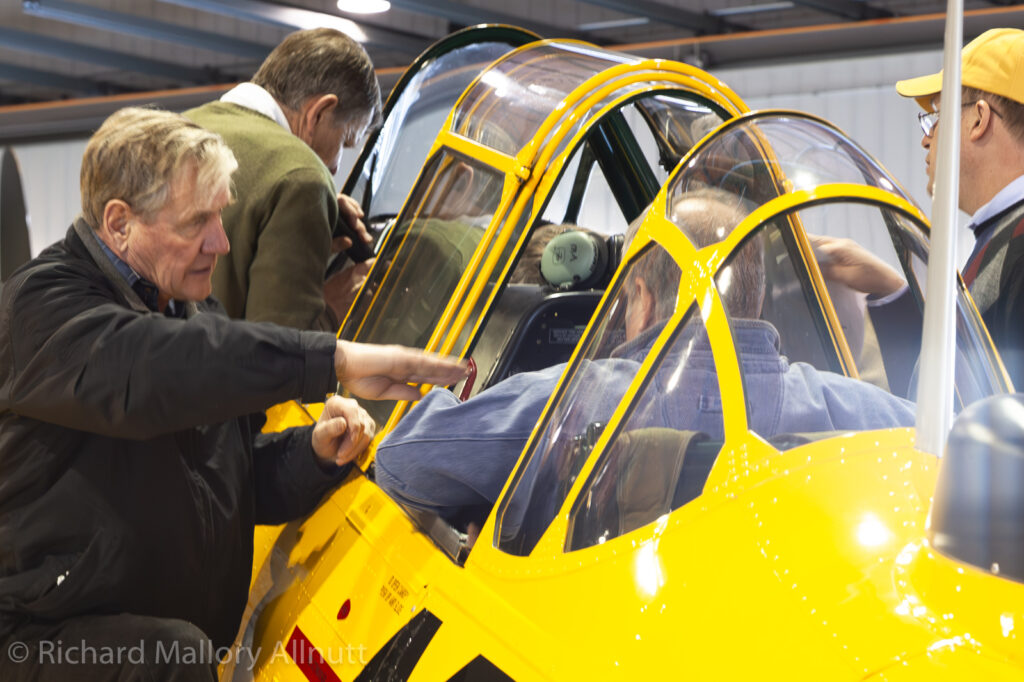
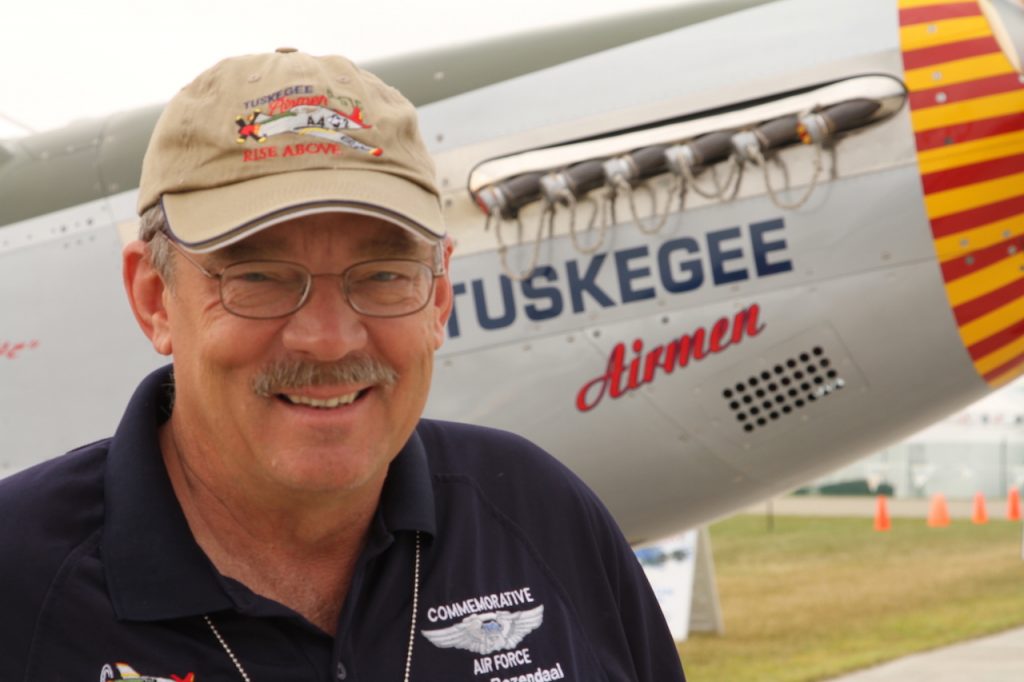

![Veteran Auster Restored In Original Kiwi Colors 15 [Photo by Grant Newman]](https://vintageaviationnews.com/wp-content/uploads/Auster-NZ1701-Grant-Newman-02-150x150.jpg)

